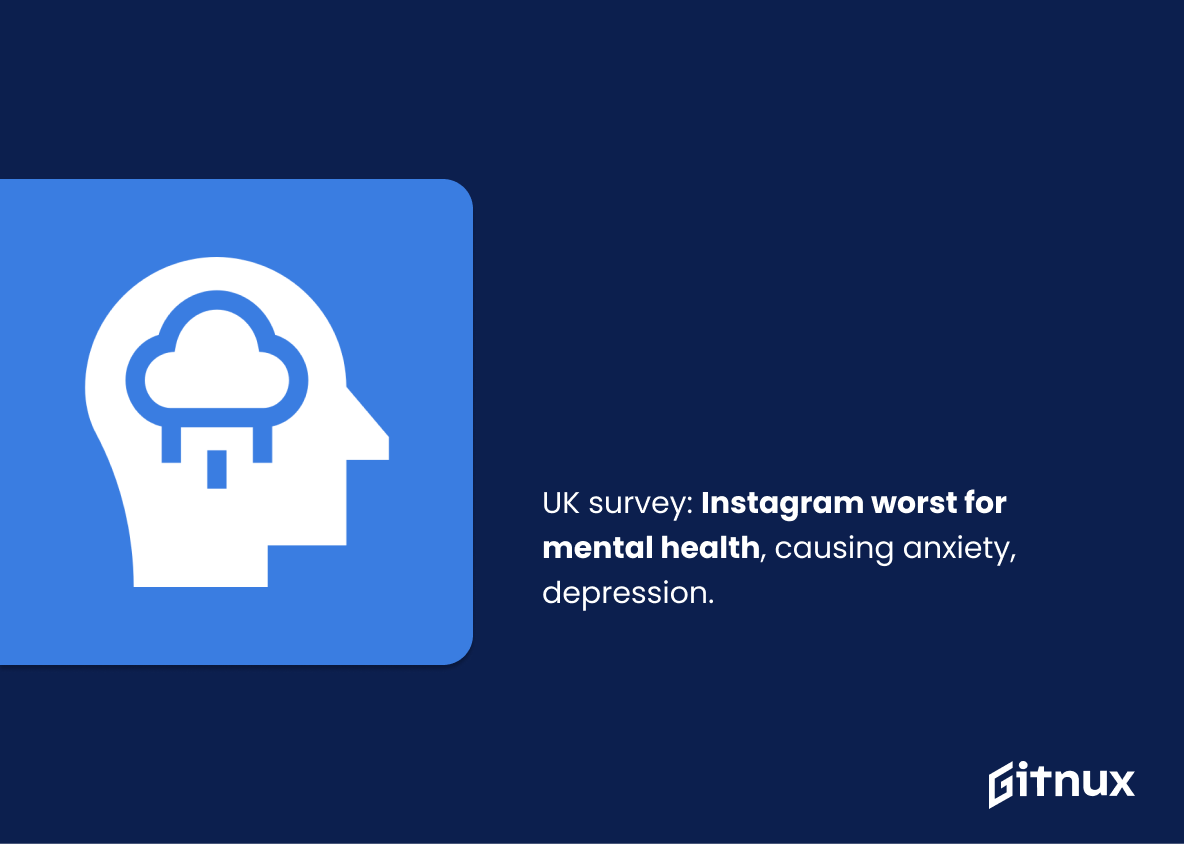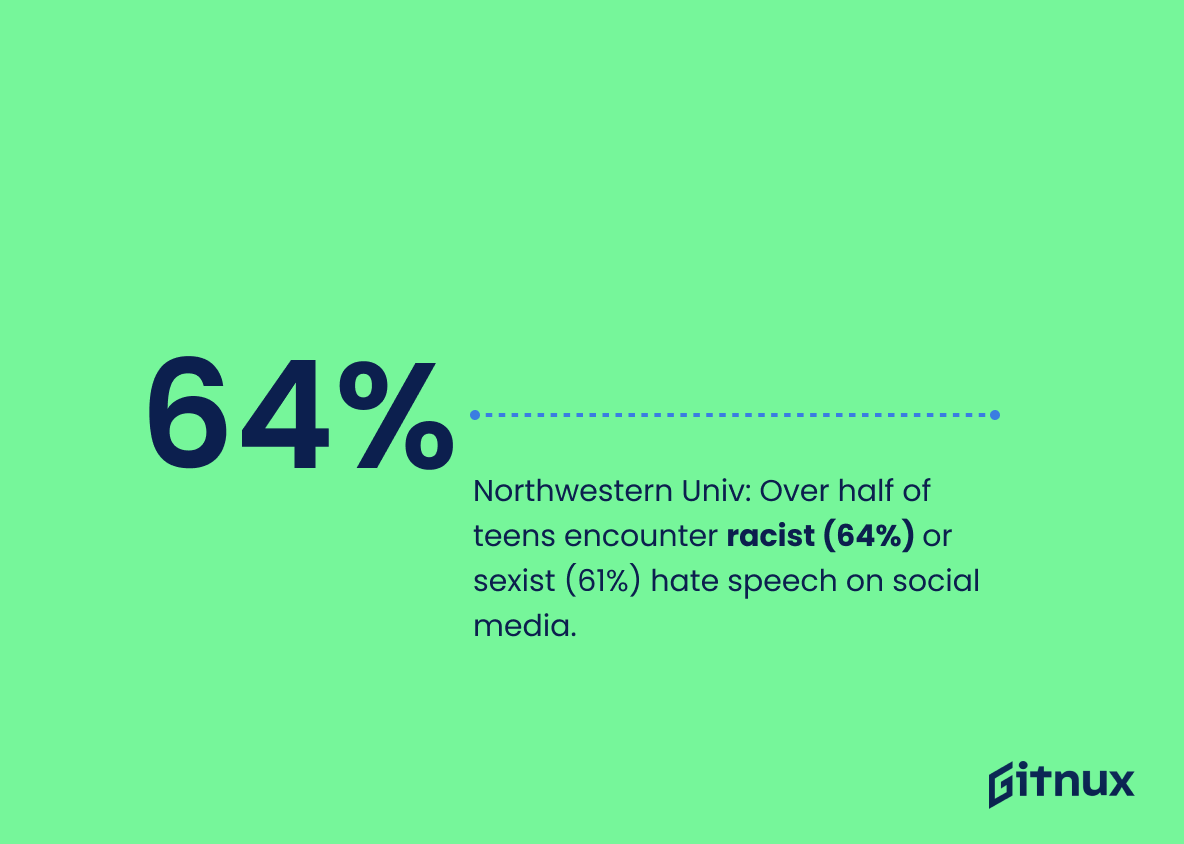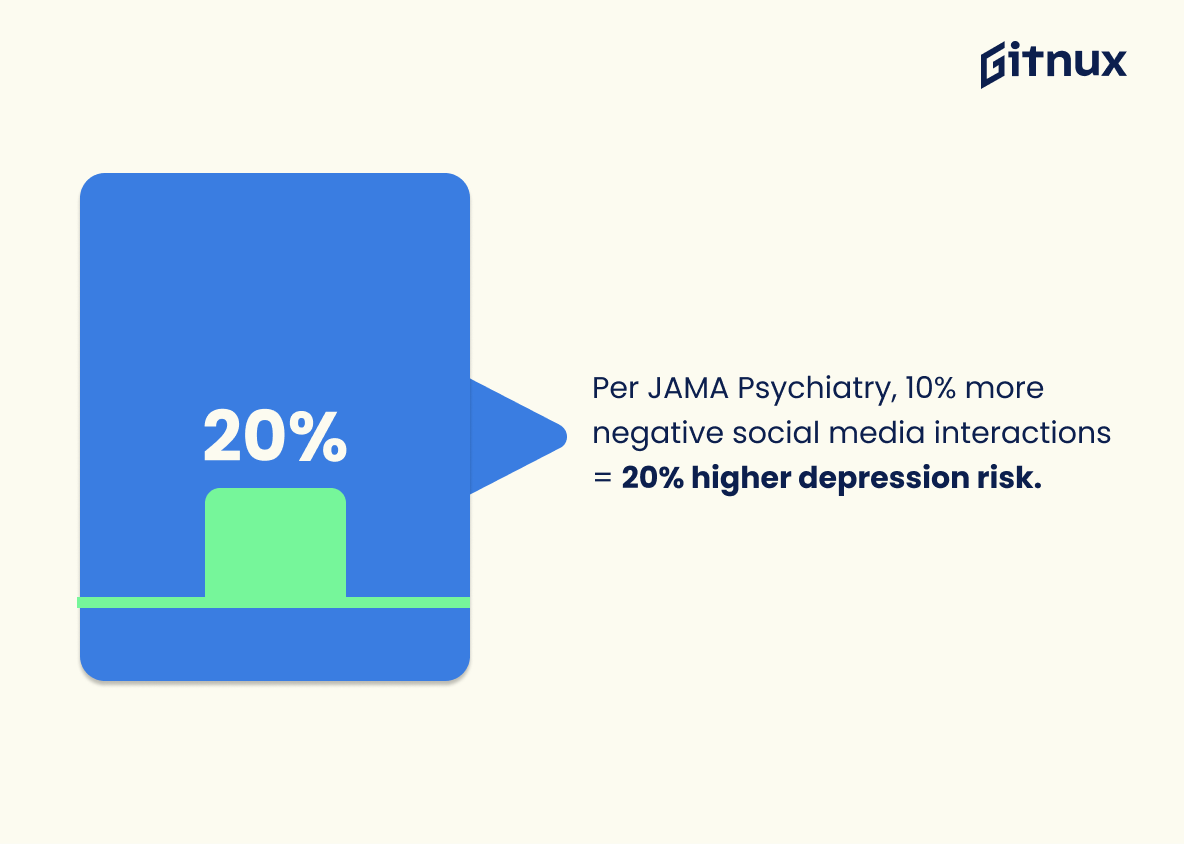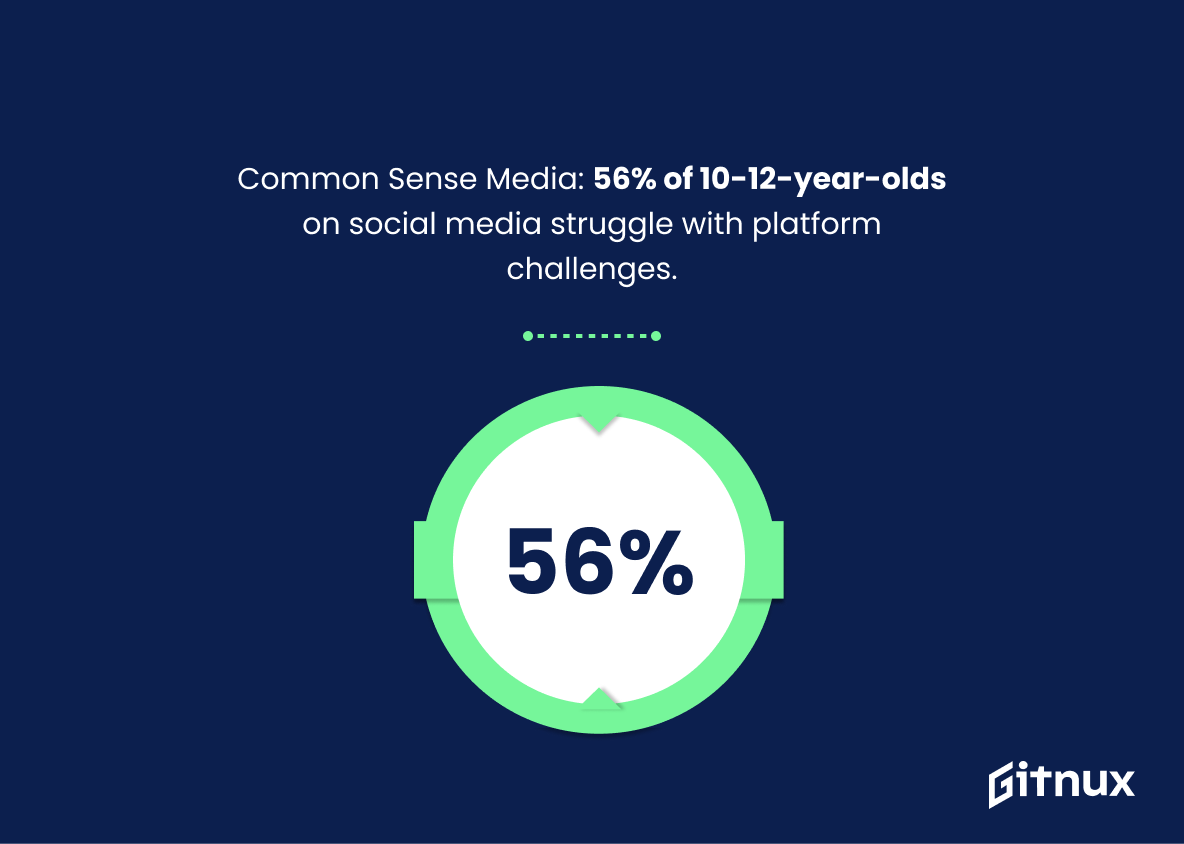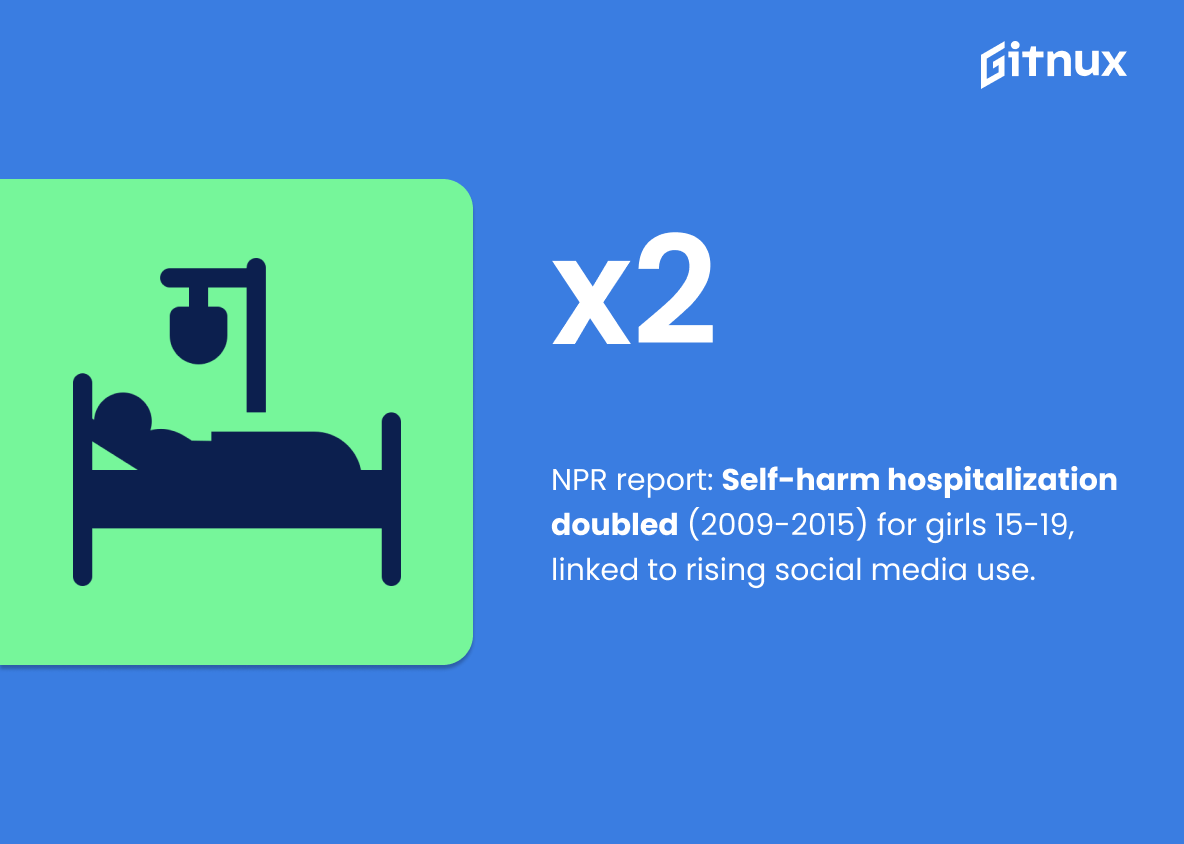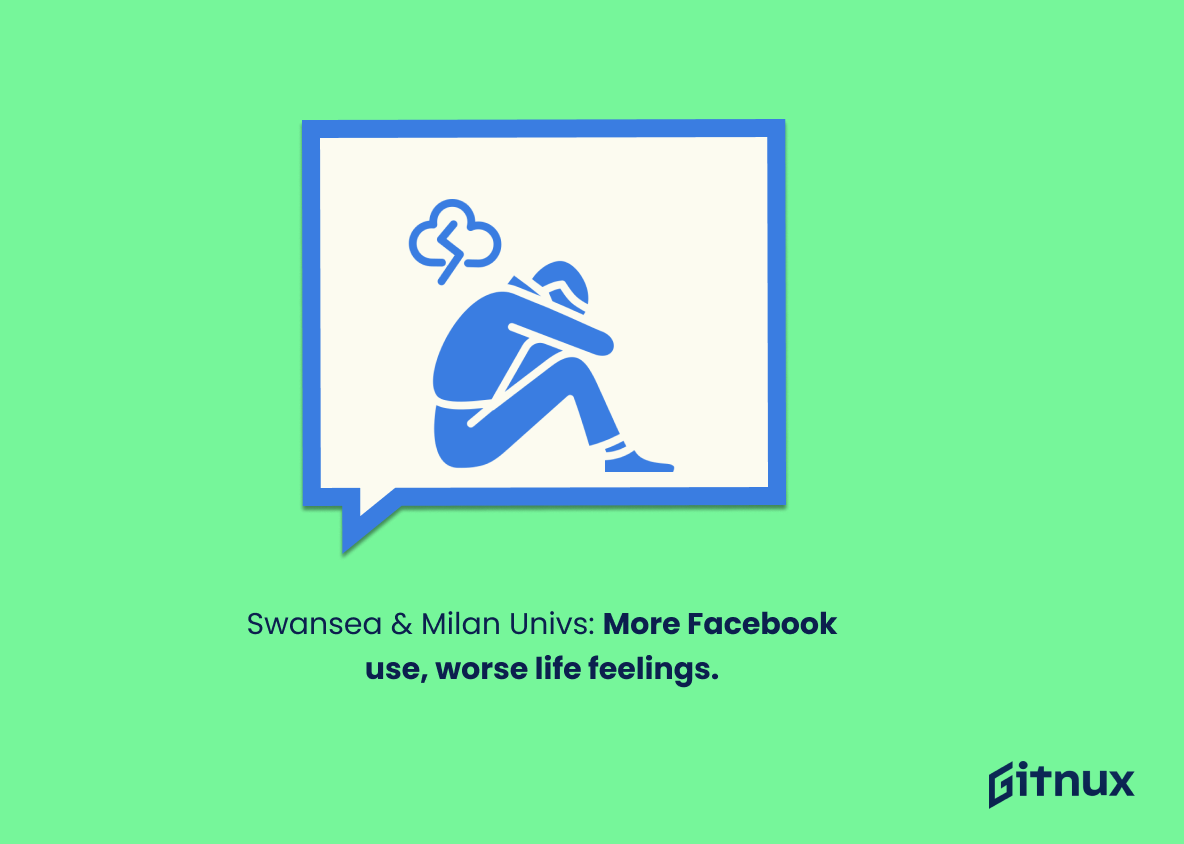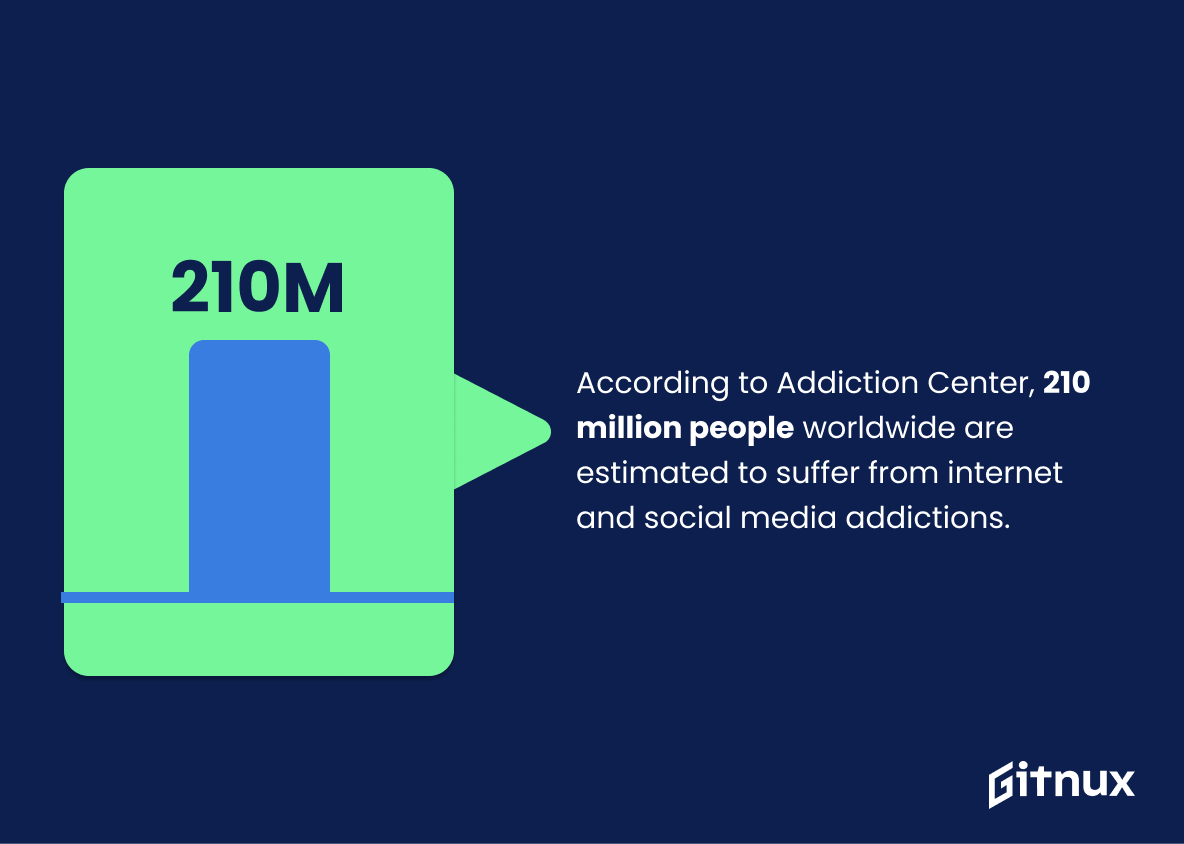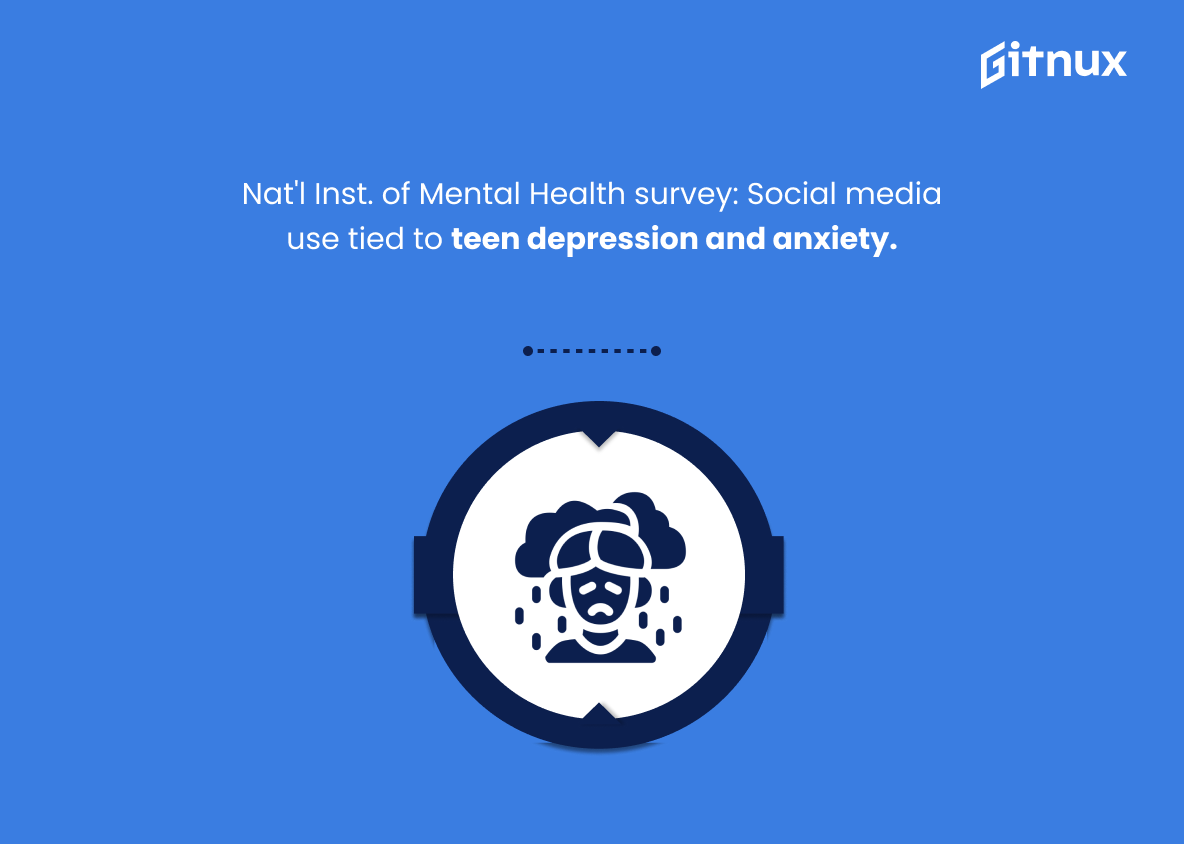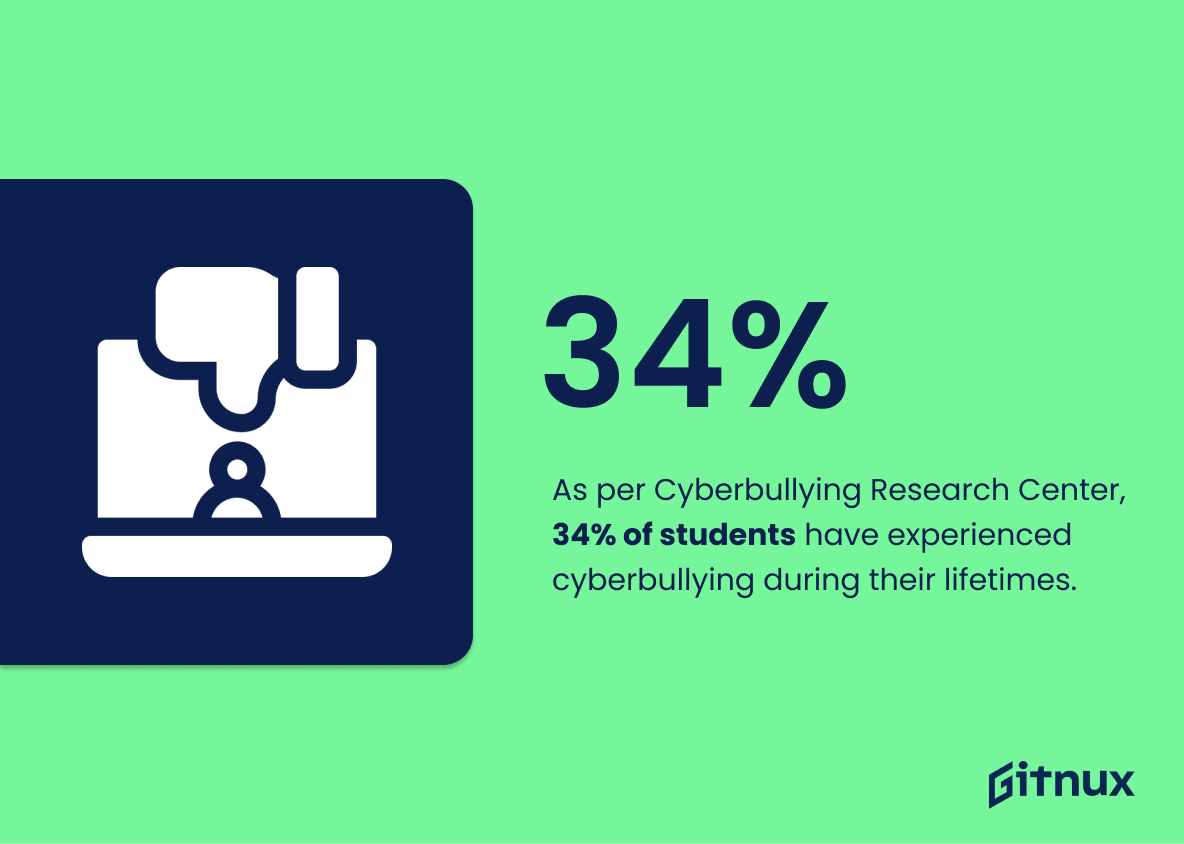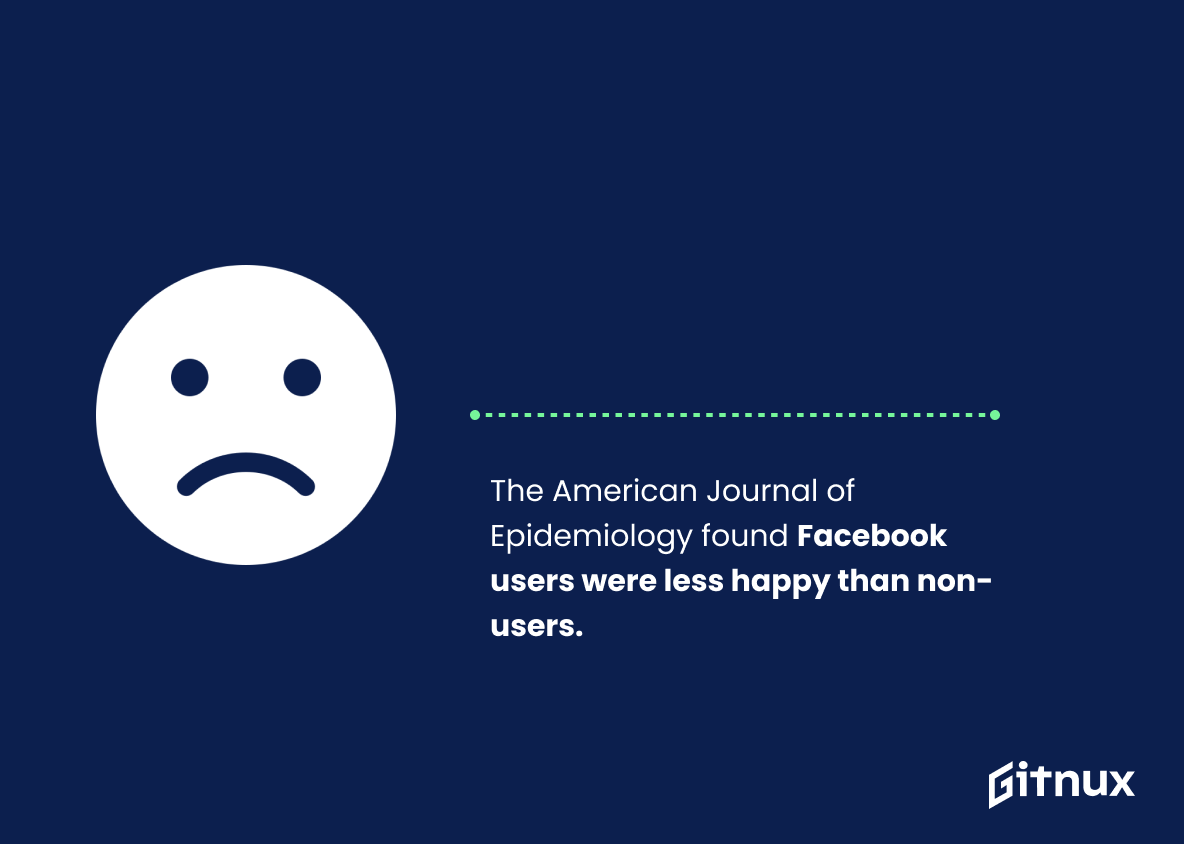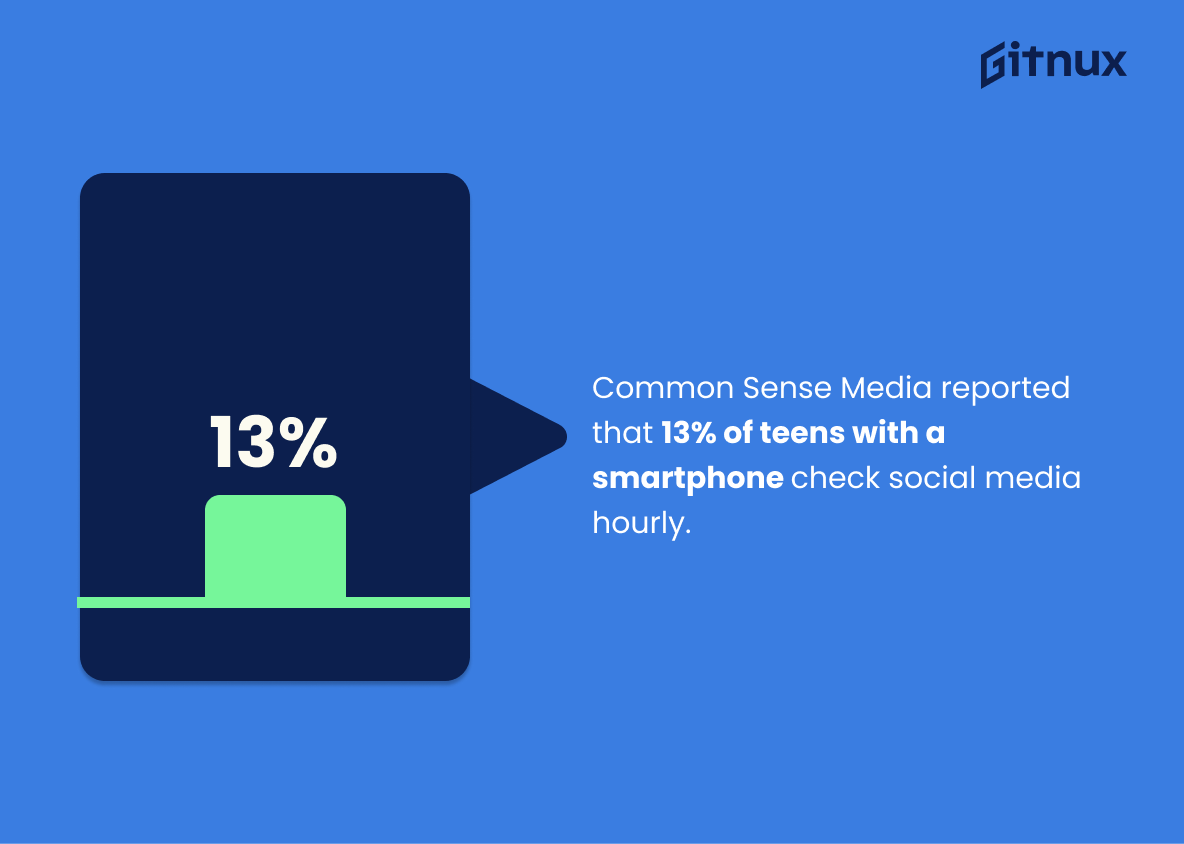In our ever-evolving digital landscape, social media has swiftly transcended from being a whimsical pastime to an integral component of our daily existence. While it has revolutionized our capacity for global connectivity, access to information, and a simplified mode of communication, is it all a bed of roses? This blog post uncovers the hidden realities of social media, shedding light on statistics that reveal its negative effects on individuals and society at large. From cyberbullying to reduced productivity and mental health issues, dive deep into an insightful analysis of how this powerful digital tool can, at times, lead to adverse implications. Unmasking the dark face of our favorite platforms, this blog brings you an empirically-backed understanding of social media’s darker side, steering you towards mindful usage.
The Latest Social Media Negative Effects Statistics Unveiled
According to a survey by the Royal Society for Public Health in the UK, Instagram is ranked as the worst social media platform for mental health, having negative impacts such as anxiety, depression, and loneliness.
Delving into the heart of societal issues, an insightful survey by the Royal Society for Public Health in the UK crowns Instagram as the most detrimental social media platform for mental health. This haunting revelation underscores the striking connection between this popular visual platform and the rise of mental health issues such as anxiety, depression, and loneliness. In the illuminated landscape of a blog post about social media’s dark underbelly, this statistic provides dramatic evidence of Instagram’s impact, offering a damning testament to the platform’s role in tainting mental well-being. Framing this stark image of Instagram as a catalyst for mental health problems, the statistic weaves a cautionary tale of trending connectivity that veils a sinister side-effect.
The Pew Research Center reported that 64% of people believe fake news has caused “a great deal” of confusion.
Drawing insight from the referenced statistic—64% of people acknowledging fake news as a key source of confusion—one can elucidate an alarming side effect of social media in our blog post on Social Media Negative Effects Statistics. The statistic uncovers the unsettling reality of misinformation spread via social media platforms, becoming an issue of widespread concern. Misinformation doesn’t simply inflate confusion; it has the potential to alter public understanding and influence personal decisions on substantial matters. Thus, our discussion shines a light on this dark corner of social media, underscoring the need for critical evaluation of information seen online, as well as the sophisticated approaches to tackle the spread of fake news.
Northwestern University found that more than half of teens say that they often or sometimes come across racist (64%) or sexist (61%) hate speech in social media.
Highlighting the startling reality of social media’s dark side, this Northwestern University research underscores the prevalence of hate speech that teenagers encounter online. Impressively, it notes that a significant majority of adolescents regularly confront racist (64%) and sexist (61%) hate speech while navigating their digital world. This key insight amplifies awareness about the concerning influence of social media, placing a renewed emphasis on the pressing need for improved online safety measures and educational efforts. The statistic serves as a compelling call to arms, urging parents, educators, policymakers, and social media platforms themselves to understand and combat the toxic culture which this potentially damaging exposure can foster.
According to a study published in JAMA Psychiatry, for every 10% rise in negative social media interactions, participants had a 20% increase in risk of depression.
Delving into the fascinating sphere of social media’s pervasive impact, the statistic drawn from a JAMA Psychiatry study deftly illustrates a startling connection between negative online interactions and heightened depression risk. It conveys a profound message, acting as a tangible cautionary tale in the backdrop of digital communication’s power and influence. The blog post, centered around the drawbacks of social media, gets an impactful substance, spotlighting how mere 10% spike in digital hostility can amplify depression risk by a notable 20%. This statistic reinforces the post’s theme, reminding readers of the covert, yet intense psychological implications of detrimental social media experiences. Thus, when navigating through the labyrinth of virtual socialization, this insight serves as a sobering reminder, urging users to exercise discernment and maintain their mental well-being.
According to Common Sense Media, about 56% of kids between the age of 10 and 12 have social media accounts, this outpaces their capability to manage the challenges of such platforms.
Highlighting this data provides a significant bridge into our discussion on the pitfalls of early exposure to social media. As our figure at hand depicts, over half of children between the ages of 10 and 12 are already actively participating in digital societal spaces, stepping into a realm that can often be more challenging and complex than their young minds are equipped to handle. This staggering prevalence forms a troubling portrait of prematurely drawn childhoods, potentially engrossed in the negatives of social media – from online bullying, to distorted self-images, and privacy breaches. This early immersion and its potential fallout demonstrate why probing into social media’s adverse effects is not merely an academic exercise, but a pressing societal concern.
According to a report by NPR, the number of girls aged 15-19 admitted to hospital for self-harm more than doubled between 2009-2015, with an increase in social media use being a contributing factor.
The statistic presented by NPR regarding the sharp escalation in hospital admissions for self-harm amongst 15-19 year-old girls between 2009-2015 embodies a grave and compelling testament to the potentially harmful psychological effects of intense social media engagement. It serves as a stark reference point in our blog post about the pernicious impact of social media; painting an alarming picture of how the digitization of interpersonal communication and its subsequent influence could inadvertently lead to detrimental outcomes for young girls. The fashion in which social media use has been highlighted as a contributing factor underscores the pressing need for better online safety and social media literacy, hinting toward future policy directions and potential recommendations.
Research from Swansea University and Milan University showed that the more people used Facebook, the worse they felt about their lives.
Threaded into the tapestry of the narrative on the harmful ramifications of social media, this finding from Swansea University and Milan University vaults forward as a key stitch. Delving into the previously uncharted territories, this statistic forms a revelatory standpoint on how Facebook usage can precipitate negative feelings about life. It architecturally serves as a supporting pillar for the blog post on social media’s detrimental effects, cross-weaving empirical evidence into an argument that becomes not just persuasive, but impactful.
The unforgiving spotlight that this statistic casts on an unparalleled issue, elucidates the potentially corrosive quality of excessive Facebook usage on self-perception. In the greater schema of the discourse around social media toxicity, it breathes life into the argument that social platforms, whilst affable on the surface, may house deep-seated detrimental effects one can’t overlook. Consequently, this research invites readers to reconsider excessive Facebook usage, galvanizing a shift towards healthier social media habits and fostering a more rounded view of the digital era’s pros and cons.
The Center for Humane Technology reported that there is a causal link between Facebook usage and both depressed mood and loneliness.
In the grand tapestry of social media negative effects, the thread spun by The Center for Humane Technology is a stark crimson. Their observation of a causal relationship between Facebook usage and the specters of depressed mood and loneliness elevates the conversation to a disturbing new level. Not only does it shed light on Facebook’s potential to act as a parasite gnawing away at psychological wellbeing, it also unveils a chilling warning: that our digital habits could be spinning invisible webs of isolation and sadness around us, exacting a toll far heavier than screen fatigue. This crystalizes the importance of reevaluating the role of social media in our lives and catalyzes the debate about introducing appropriate safeguards.
According to Addiction Center, 210 million people worldwide are estimated to suffer from internet and social media addictions.
The staggering figure drawn from Addiction Center, suggesting that 210 million people worldwide are allegedly victims of internet and social media addictions, serves as a chilling testament to the growing problem of digital dependence. In the context of a blog post scrutinizing the adverse effects of social media, this statistic stands as a formidable evidence of just how grave these effects can be, transforming from mere annoyances to full-blown addiction. It paints a clear and daunting picture, highlighting the global magnitude of the phenomenon and warns readers of the extensive grip social media can have on our lives if used irresponsibly.
A survey by The National Institute of Mental Health revealed that depression and anxiety symptoms are associated with social media use in adolescents.
Highlighting this noteworthy finding from The National Institute of Mental Health offers a pivotal insight into the contentious terrain of social media usage among adolescents. It provides the raw, unsettling truth that young people, who are in the formative stage of their lives, face a heightened risk of depression and anxiety symptoms linked to their interactions in the virtual world. This statistic serves as a gravitating force, pulling readers towards the sobering reality of the potential harm social media could inflict on adolescent mental health. Therefore, it paints a vivid picture of the urgency and necessity to address this issue for a healthier, mentally resilient generation.
As per Cyberbullying Research Center, 34% of students have experienced cyberbullying during their lifetimes.
Drawing the spotlight onto the stark revelation by the Cyberbullying Research Center, it is rather unsettling to note that more than one-third of students have endured the cruelty of cyberbullying at some juncture of their lives. Woven into the narrative of our blog post, this statistic serves as a dark reminder of the potential pitfalls that lurk beneath the surface of social media.
Showcasing the less glamorous side of the digital era, it cements the argument that while social media platforms may be the hotbed for connection and communication, they can equally be the breeding ground for online harassment. In essence, this datum amplifies the urgency to acknowledge, address, and mitigate the adverse effects of social media on our younger generation. It pinpoints a grim area where our collective effort to establish better online etiquette and stricter security protocols is critically needed. The statistic stands serving as a wakeup call – a call to challenge the status quo, encouraging readers to foster a safer and healthier internet environment.
Pew Research Center found out that 59% of US teens have personally experienced at least one form of cyberbullying.
Unveiling the digital landscape, the statistics shared by Pew Research Center paints a stark picture of the cyber realm our teens navigate through. As the research reveals, an unsettling 59% of American teens have been the target of at least one form of cyberbullying. This statistic greatly reinforces the narrative of the negative impact social media can have, one that stretches beyond mere hypothesis into verifiable fact.
In a blog post discussing Social Media Negative Effects, it adds weight to the dialogue, lending credibility and an imperative sense of urgency. It compels readers to take notice, driving home the severity of the issue. After all, over half of US teens, a demographic significantly active on social media, are subjected to this digital torment. Hence, it is not just a numerical value, but yet a clarion call for awareness, safeguards, and potential interventions.
The American Journal of Epidemiology found Facebook users were less happy than non-users.
Unraveling the impact of social media on individuals’ happiness levels, the American Journal of Epidemiology presents an intriguing revelation. The revealed data of Facebook users being less happy than non-users serves as an awakening in the blog post attempting to journey into the negatives of social media. It projects a vivid illustration of the mental cost that over-use of these platforms may inflict, thereby contributing to the blog post’s main theme of unearthing the adverse effects tied to social media usage. This statistic inevitably expands the discourse on the often-overlooked emotional ramifications of social media engagement, cementing the necessity for digital wellness in the contemporary era of rapid technological advancement.
Common Sense Media reported that 13% of teens with a smartphone check social media hourly.
Highlighting the statistic that Common Sense Media reported, whereby 13% of teens with a smartphone check social media hourly, underlines the grip that such platforms can have on young minds. It paints a picture of the degree of distraction, compulsive behavior and dependency that these digital platforms can induce. In understanding the propensity for overuse, it becomes clear why we must investigate the potential negative repercussions.
This frequency of use foregrounds potential issues such as self-esteem problems tied to ‘comparison culture’, sleep disturbances due to late-night scrolling, and time spent away from physical activity or academic pursuits. It also raises concerns about vulnerability to online hazards like cyberbullying, misinformation, and data privacy issues. Thus, this statistical insight is instrumental in unpacking the depth and span of potential harm posed by social media on the younger generation.
According to the Anxiety and Depression Association of America, about 20% of people with social media accounts cannot go more than three hours without checking them.
In the pulsating rhythm of a digital world, the aforementioned statistic serves as a striking measure of social media’s relentless grasp on users. It is indeed alarming that one in five social media account owners, as pointed out by the Anxiety and Depression Association of America, surrenders to the compulsion of inspecting their online presence every three hours. This reality underscores a pervasive issue – the addictive tendrils of social media meticulously wrapping our lives. In a blog post dedicated to negative effects of social media, this statistic serves as hard-hitting evidence of the compulsive behaviour and potential mental health implications induced by these platforms, invoking a call for moderation and reflective usage.
Research by the National Library of Medicine shows that high amounts of screen time, including interaction with social media sites, correlate with symptoms of insomnia.
This statistic does not simply stand as a stark number, but it paints a troubling picture of our relationship with technology, specifically social media. It adds weight to the argument that excessive interaction with social platforms is not just a harmless pastime but may in fact be undermining our quality of sleep, and by extension, our overall health and wellbeing.
The linkage to insomnia, a pervasive sleep disorder that can cause significant physical and mental health problems, highlights the magnitude of the potential negative effects of social media. It acts as a crucial piece of the jigsaw, bridging the gap between abstract societal trends and tangible health outcomes. In the digital landscape, where connection often comes with the cost of disconnection from the real world, this statistic underscores the urgency to be cautious about the excessive use of social media.
As such, considering this statistic in the discussion about the negative impacts of social media becomes extremely relevant. It gives a solid foundation to the dialogue, informing readers about the unseen effects of their online habits, strengthening the need for proper digital hygiene, and most importantly, raising the call for a more mindful and balanced approach to our use of these platforms.
Conclusion
In conclusion, it is impossible to ignore the darker side of social media, as confirmed by many social media negative effects statistics. Although it provides a platform for connection and communication globally, the problems of cyberbullying, addiction, and heightened social anxiety often plague users. The onus is on us, the users, to navigate these platforms responsibly, maintaining a healthy balance between online interactions and real-life experiences. Social media platforms also have a responsibility to create tools and processes to help limit these negative impacts. With proper education regarding potential dangers and mindful usage, the digital world can become a less harmful space.
References
0. – https://www.www.addictioncenter.com
1. – https://www.www.npr.org
2. – https://www.www.pewresearch.org
3. – https://www.jamanetwork.com
4. – https://www.academic.oup.com
5. – https://www.pubmed.ncbi.nlm.nih.gov
6. – https://www.cyberbullying.org
7. – https://www.www.commonsensemedia.org
8. – https://www.www.rsph.org.uk
9. – https://www.www.humanetech.com
10. – https://www.www.sciencedaily.com
11. – https://www.journals.plos.org
12. – https://www.adaa.org
13. – https://www.www.nimh.nih.gov
